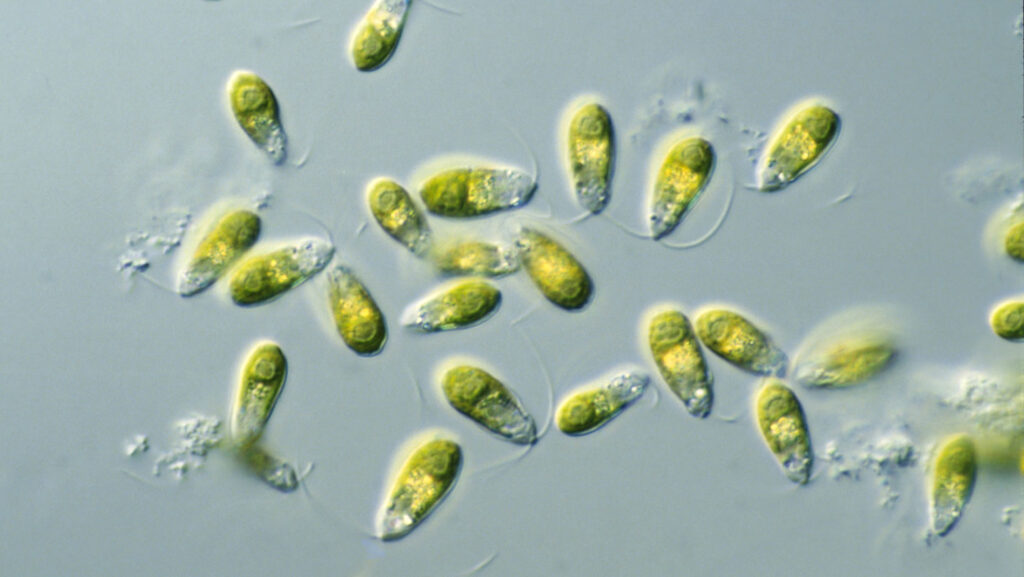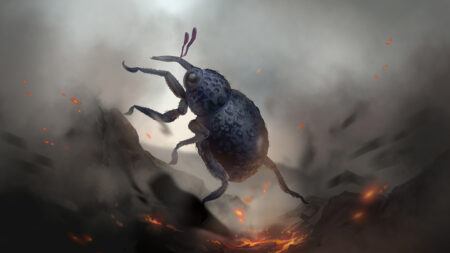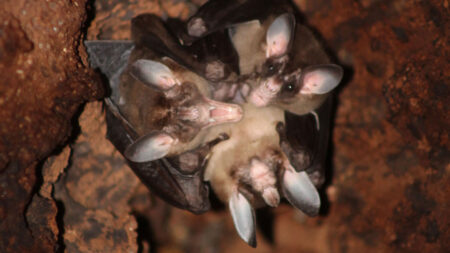The future of plant life on Mars may be bioplastic.
Green algae (Dunaliella tertiolecta) flourished under Mars-like conditions inside translucent, bioplastic habitats, researchers report July 2 in Science Advances. Algae or plants that produce bioplastics grown inside the habitats could provide more material to build livable structures. Such a self-sustaining loop could help space travelers build where necessary rather than relying on supplies hauled from Earth.
People would need a lot of supplies to create livable conditions on another planet. “Extraterrestrial conditions are very hostile in general,” says Robin Wordsworth, a planetary scientist at Harvard University. “If you think about the moon or deep space or Mars, it’s no picnic.” Among the biggest concerns is water availability.
Atmospheric pressure on Mars is just 1 percent that of Earth’s, too low for liquid water to exist. “If you put a beaker of water on the surface, it would freeze and turn to steam in a very, very short time,” Wordsworth says. He and colleagues wanted to find a way to both protect water and grow algae.
Beakers made of PLA, or polylactic acid — a common bioplastic used in compostable utensils and more — can create a pressure gradient that stabilizes water. The 3-D printed chambers have a cloudy appearance that blocks harmful ultraviolet radiation but still allows enough light through so the algae can photosynthesize and grow. The supplies needed to build the chambers include a 3-D printer and algal cells to jump start growth, Wordsworth says. Other necessary raw materials such as ice and carbon dioxide are already found on Mars.
It’s easier to grow algae or plants in Mars-like conditions than it is to keep humans alive, Wordsworth says. The atmospheric pressure gradient inside the beakers, for example, was still too low for people to survive, measuring in at around 4 percent of Earth’s. Human biology is “extremely fussy and extremely delicate,” Wordsworth says, “whereas most photosynthetic life is much hardier.”
The habitats weren’t designed to withstand colder temperatures on Mars. But Wordsworth and team have previously found that materials made from aerogels can be used to weather the cold, suggesting a bioplastic-aerogel combo could better mimic Earth. Using such habitats to grow a diverse range of edible plants would also be important for survival.
The system is a step toward sustaining life on another planet, Wordsworth says. “It’s very hard to keep humans alive anywhere in long periods without having plants.”
Read the full article here

















